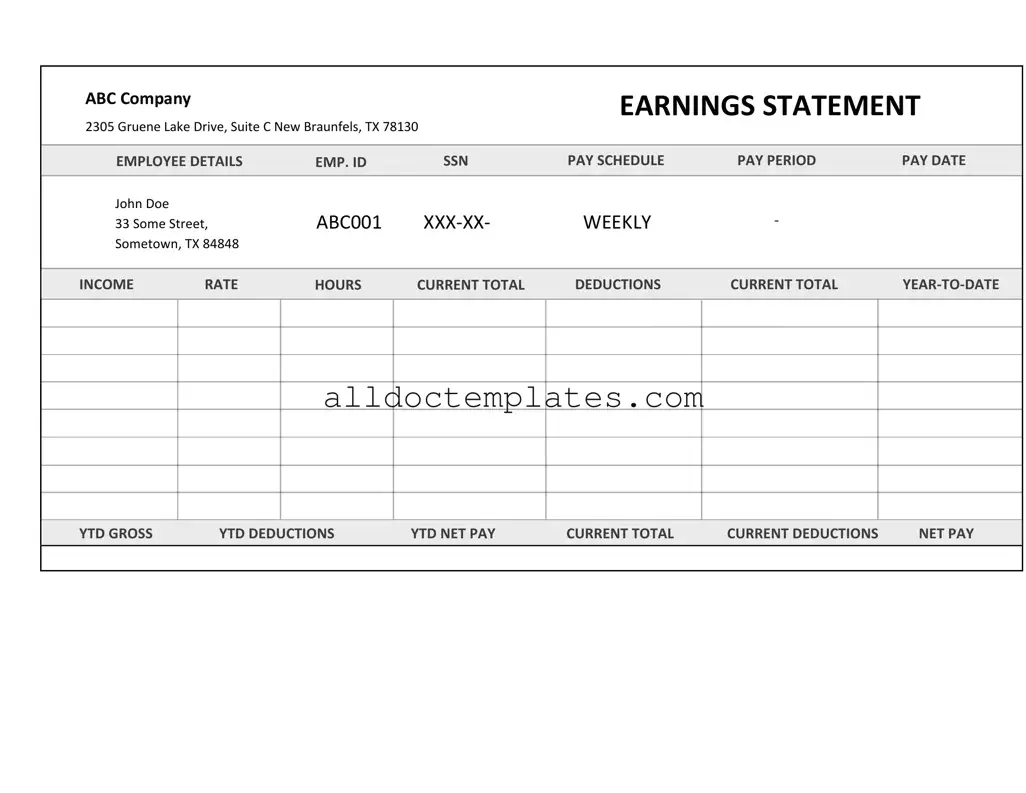Fill in a Valid Independent Contractor Pay Stub Form
The Independent Contractor Pay Stub form is a document that outlines the earnings and deductions for individuals working as independent contractors. This form serves as a record of payment, ensuring transparency and clarity for both the contractor and the hiring entity. Understanding its components is essential for accurate financial tracking and compliance with tax obligations.
Get Your Form Now
